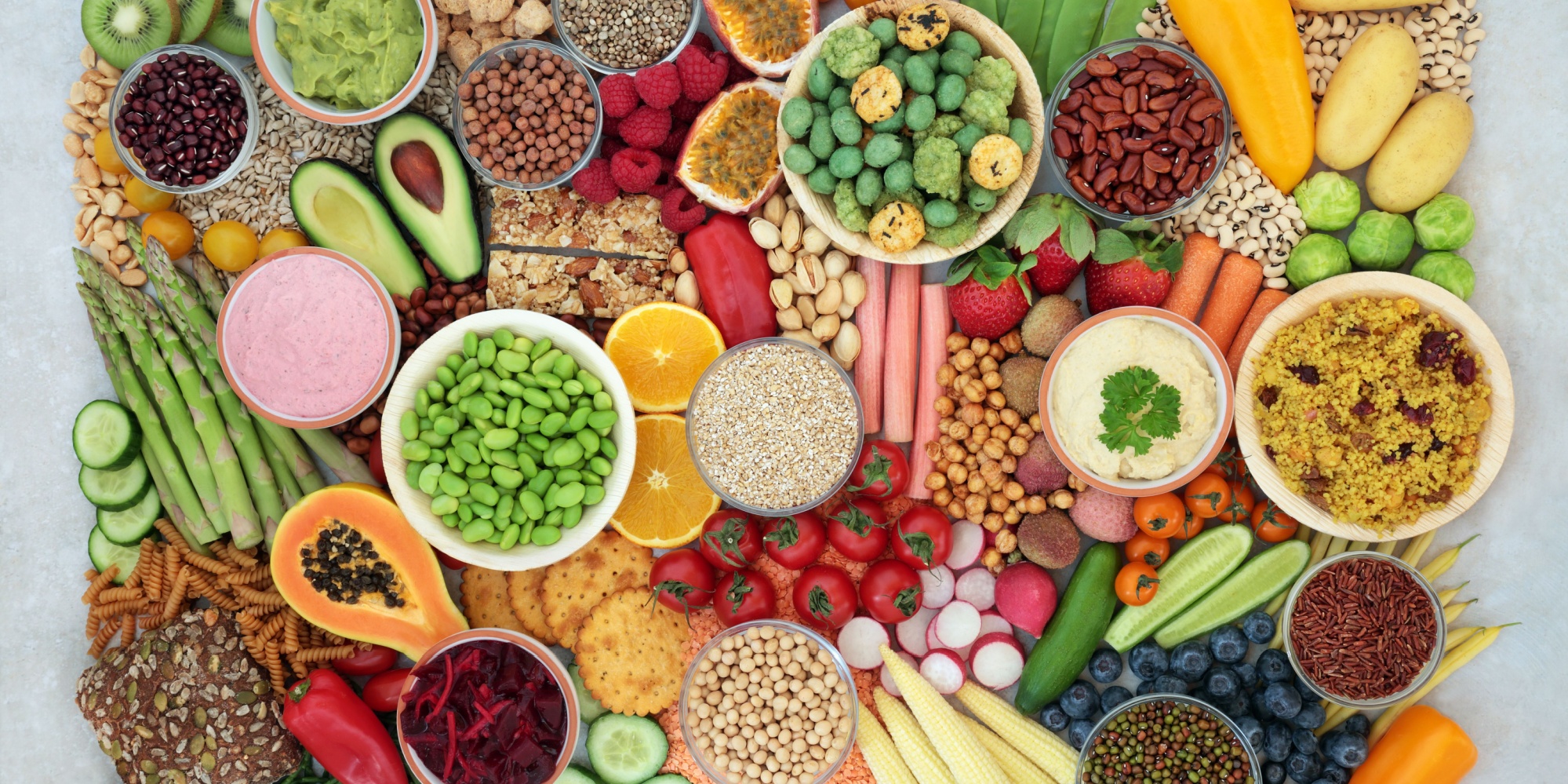
Genetic researchers reverse wrinkles, grey hair and balding in mice
September 28th, 2018Researchers have rejuvenated mice by reversing age-related wrinkles and hair loss. It is possible that humans could get a similar make-over in the future.
Scientists at the University of Alabama at Birmingham asked, “Wrinkled skin and hair loss are hallmarks of aging, what if they could be reversed?”
They introduced a specific gene mutation on a test mouse- this prompted a drastic change in appearance. Within a four week period, the mouse had developed wrinkles and extensive hair loss. Researchers turned off the culprit mutation and regular function was restored in the gene, the mouse returned to its youthful appearance with smooth skin and thick fur only two months later.
Keshav Singh, a professor of genetics who led the study stated “To our knowledge, this observation is unprecedented.”
The professor said in a statement, “This mouse model should provide an unprecedented opportunity for development of preventive and therapeutic drug development strategies to augment the mitochondrial functions for the treatment of aging-associated skin and hair pathology and other human diseases in which mitochondrial dysfunction plays a significant role.”
During the study, the test mice were given an antibiotic which prompted the change within the gene. All of the mice showed grey hair, hair loss and thinning hair- the females has more severe wrinkles than the males.
The study said “Dramatically, this hair loss and wrinkled skin could be reversed by turning off the mutation, the wrinkled skin showed changes similar to those seen in both intrinsic and extrinsic aging- intrinsic aging is the natural process of aging, and extrinsic aging is the effect of external factors that influence aging, such as skin wrinkles that develop from excess sun or long-term smoking.”
Further Reading
– Bhupendra Singh, Trenton R. Schoeb, Prachi Bajapai, Andrzej Slominski & Keshav K. Singh. Cell death & disease 9, Article number: 735 (2018).








